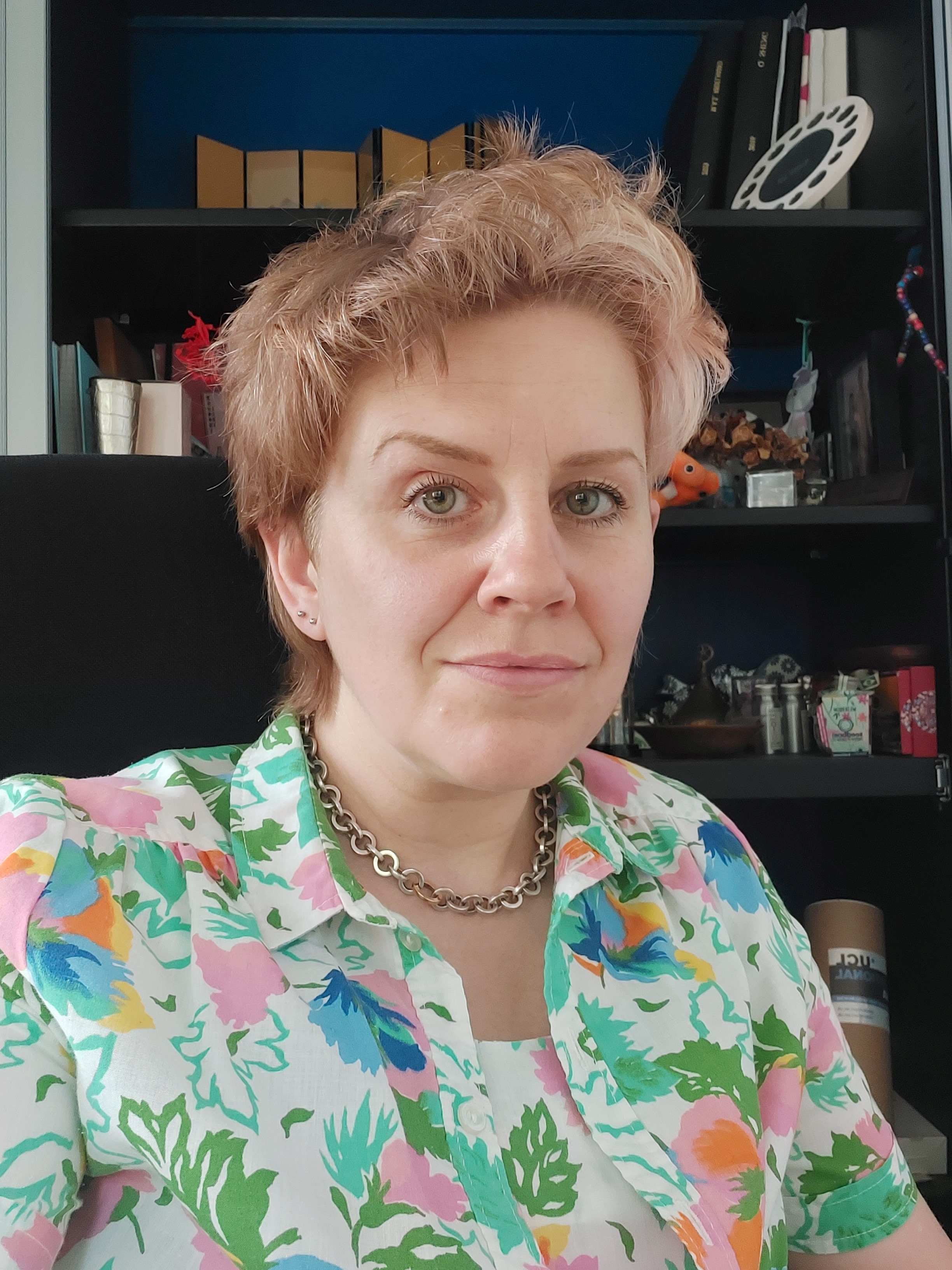Winner: 2024 CBBG Lectureship Award
Professor Zoë Waller
University College London
For her outstanding contribution to the chemical biology community and her exceptional research achievements on the stability and function of DNA i-motifs.

Zoë received the award for her outstanding contribution to the chemical biology community and her exceptional research achievements on the stability and function of DNA i-motifs.
Zoë has been an ardent supporter of young scientists through mentoring and organising meetings including RSC Nucleic Acids Group Forum (2015, 2020-2023) and the RSC CBBG Forum (2016, 2018, 2024). She is an advocate for equality, diversity, and inclusion within the scientific community and has an extensive track record in public engagement including talks to Diabetes UK support groups; talks for school children as a STEM Ambassador; Norwich Science Festival; Soapbox Science; podcasts and BBC radio interviews; and plain English YouTube videos (e.g., https://youtu.be/7rzcYl55GYQ).
We congratulate Zoë on her award. She will present her award lecture at a Chemical Biology and Bioorganic Group meeting in 2025.
Throughout her career, Zoë (FRSC and CChem) has been an exceptionally active member of the RSC including officer roles in the CBBG (2014-2024, elected Treasurer in 2018-2021) and the Nucleic Acid Group (2016 until present, elected Secretary in 2018) and the East Anglian Local Section (Chair 2013-2015). Zoë is an accreditor for Chemistry degrees (2016-Present) and a member of the RSC Chemistry Accreditation and Validation panel (Vice Chair 2021-2024, Chair from 2024). She led the creation of the “essential practical skills list”, now part of the new RSC accreditation criteria. Her teamwork and innovative approaches to education have also been recognised through both UCL and Pearson Team Awards.
Since establishing her independent research group in 2010, Zoë has built an international reputation on the study and characterisation of DNA i-motifs, four-stranded non-canonical DNA structures formed from sequences rich in cytosine. She applies a combination of synthetic, analytical and biophysical chemistry alongside cellular and molecular biology in collaborative efforts to understand the biological significance of these structures.
Zoë’s team showed for the first time that silver (I) cations can fold i-motif DNA at neutral pH (Chem Commun 2013, 49, 7696). They also showed that and copper (I) cations can fold DNA i-motifs whereas copper (II) cations fold into hairpins, allowing redox dependent modulation of DNA structure (Chem Commun 2015, 51, 14099, Nucleic Acids Res 2018, 46, 5886). The potential applications of this work in nanotechnology attracted media interest (e.g. ‘DNA shape changed by scientists to create tiny machines and computers - The Independent’). Zoë’s team also has determined features of i-motif sequences that can fold into i-motifs at neutral pH, and demonstrated multiple examples of sequences from the human genome that could potentially fold into i-motif under physiological conditions (Nucleic Acids Res 2017, 45, 2951).
Zoë’s collaborative work has revealed potential biological functions of i-motifs in human cells, including evidence that i-motif formation causes spontaneous deletions (Nucleic Acids Res. 2022, 50, 3445) and replication induced i-motif structures drive replication fork breakage (EMBO J. 2023 42, e114334). They have also identified chemical biology tools that can detect i-motifs in the presence of other DNA structures (J Am Chem Soc 2020, 142, 13856) and stabilise i-motifs in cells (J Am Chem Soc 2020, 142, 20600). Recent work includes the first crystal structure of an intramolecular i-motif and determination of a relationship between non-canonical structure formation and insulin gene expression (bioRxiv, 2023.06. 01.543149) and creation of a predictive i-motif tool “iMSeeker” (Nucleic Acids Res., 2024, 52, 2188; Nucleic Acids Res., 2024, DOI: 10.1093/nar/gkae315). Excitingly, both this new structural information and the predictive tool will enhance efforts to target i-motifs in drug discovery.